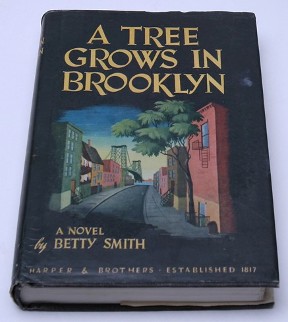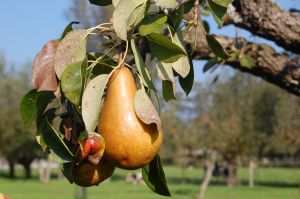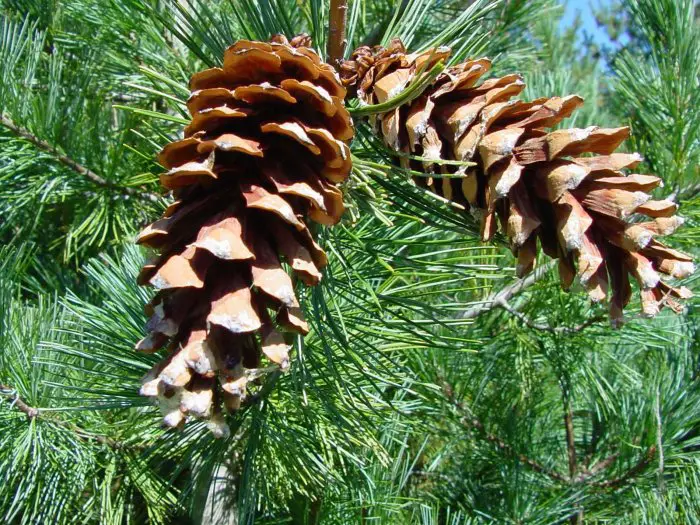Tree of Heaven
Also known as chouchun or ailanthus, the Tree of Heaven is a deciduous tree that is native to north-east and central China and Taiwan. Unlike this tree’s other family members in the genus Ailanthus, it prefers to live in temperate climates rather than in tropical environments. This tree is a large, rapidly growing tree that can reach heights of 15 metres in only 25 years! However, it is also short lived as it rarely lives longer than 50 years old.
The Tree of Heaven is a medium sized tree that can reach heights of between 17 and 27 metres tall. It has a diameter of about 1 metre at breast height. Its bark is smooth, light grey, and can get rougher as the tree ages. The twigs are stout, smooth, and either chestnut or red in colour. This tree’s branches are dark grey to light in colour, and they are lustrous and smooth. All of the parts of this tree have a strong distinctive smell that has been compared to rotting cashews or rotting peanuts.
The tree of heaven has a long and rich history in China. Called chouchun in Chinese Mandarin, it was mentioned in the oldest existing Chinese dictionary. It is also listed in many Chinese medical texts for its ability to cure ailments, ranging from baldness to mental illness. Today, the bark, leaves, and roots of this tree are still used in Traditional Chinese Medicine as an astringent.
Other than for medical purposes, this tree is grown as it is a host plant. It has been grown extensively both in China and overseas nations as it is a host plant for the ailanthus silkmoth, which is a moth that assists in producing silk. The Tree of Heaven has also become a part of western culture as well, and has been a central subject matter and metaphor in the best-selling American novel by Betty Smith, A Tree Grows in Brooklyn.
The Tree of Heaven was first brought from China to Europe in the 1740’s, and to the USA in 1784. It was brought to Europe when chinoiserie was dominating European arts, and was initially hailed as a beautiful garden specimen. However, enthusiasm waned after gardeners became familiar with its foul smelling odour and suckering habits. Despite this, it was used a lot as a street tree during the 19th century. Due to this, it has acquired some derogative nicknames like ghetto palm and stink tree in many urban areas.
Outside of the USA and Europe, this plant has spread to many areas outside of its native range. Unfortunately, some have become an invasive species as it can quickly colonise disturbed areas and suppress competition with its allelopathic chemicals. It is considered a noxious weed in New Zealand, Australia, the USA, and several countries in eastern and southern Europe. The tree also vigorously re-sprouts when it has been cut, so eradication is both time consuming and rather difficult.





it’wonderful……………………………………………